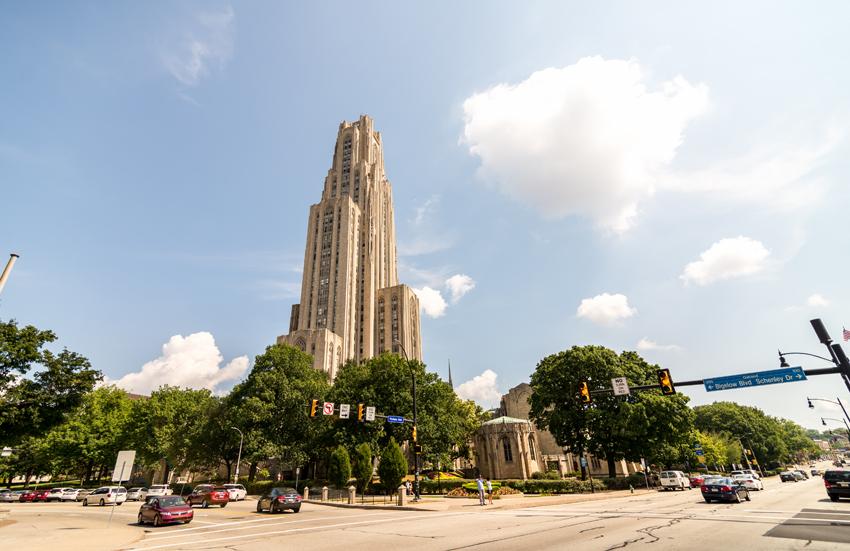Pennsylvania’s education system is in a state of disarray.
The budget crisis is leaving primary schools without state funding, forcing many to rely on bank loans to pay the bills. Meanwhile, the situation for our state colleges is similarly dire, with students shouldering the weight of the problem.
Pennsylvania’s state colleges dependence on student tuition demonstrates their insurmountable costs. In fact, according to a report the College Board released Wednesday, Pennsylvania has the third-most expensive public universities in the nation. This report should serve as a red alert to state legislators. Stop arguing, pass the budget and fix the mess former Gov. Tom Corbett left behind.
The average tuition of state universities in Pennsylvania is 42 percent more expensive than the national average of $9,410. Pitt and Penn State help contribute to our higher average costs, with in-state tuitions of $18,192 and $17,502, respectively.
The lack of state-allocated funds for higher education directly correlates with Pennsylvania’s high tuition costs.
Earlier this year, the Student Impact Project, an initiative of the youth advocacy group Young Invincibles, gave Pennsylvania an F based on our state’s level of funding for higher education. Uncoincidentally, the states with the first- and second-most expensive public universities, New Hampshire and Vermont, also received F’s in college funding.
In upcoming budget talks, legislators in Harrisburg need to find a reasonable level of state funding for public colleges — simply because most Pennsylvanians currently can’t afford to go to the nation’s third-most expensive colleges.
Pennsylvania ranks only 25th among U.S. states in average household income at $52,481. An average Pennsylvanian household sending two children to Pitt would cost $36,384 in tuition alone — not including housing and books — accounting for about 70 percent of the household’s total income.
Simply put, Pennsylvania’s college tuition costs turn a public service into a commodity that only a privileged few can enjoy.
According to a 2013 report from the University of Pennsylvania and the Pell Institute for Study of Opportunity in Higher Education, 77 percent of adults from families in the top income quartile earned at least bachelor’s degrees by the time they turned 24. This is compared to only 9 percent of 24-year-olds from the lowest income bracket.
In today’s economy, a college degree is one of the few pathways to a decent paying job. If Pennsylvania wants to increase the livelihood of its residents, it must work harder to make college more affordable.
Otherwise, the “value” of an education will not be worth the cost.


